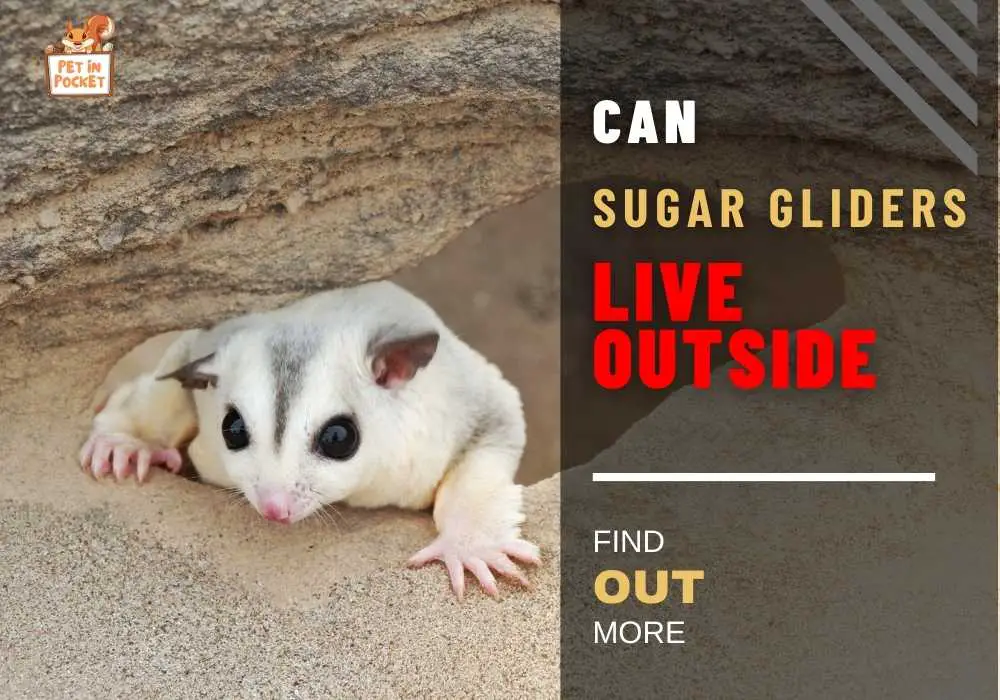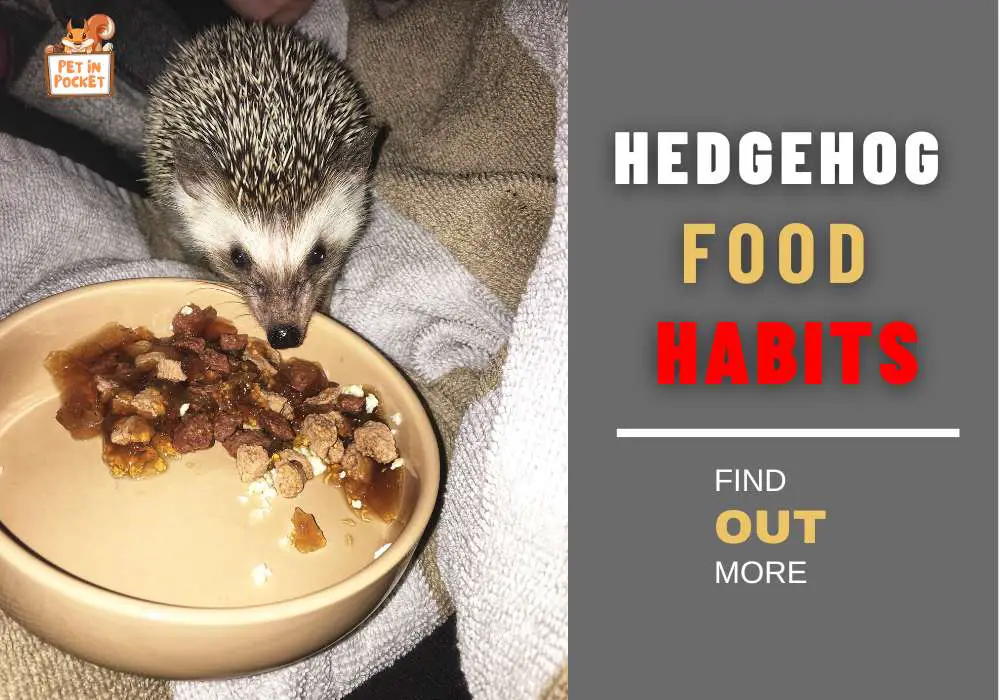It’s a Yes!
Sugar gliders are fascinating little creatures with a diverse and exciting diet! These adorable omnivores enjoy a variety of foods, and when we care for them in captivity, it’s crucial to mimic their natural diet as closely as possible. This means providing them with fruits, vegetables, lean protein, and essential supplements.
You might be wondering, “What do sugar gliders eat bugs?” Well, their name gives us a hint! In the wild, sugar gliders feast on nectar and tree saps, which, contrary to what their name suggests, aren’t loaded with sugar but are rich in nutrients vital for their health. These active animals have a high metabolism, so a balanced diet is vital to keeping them happy and healthy. It’s essential to avoid overfeeding them with processed and sugary foods. Instead, daily vitamins and supplements, like bee pollen, can help replicate the nutrients they’d naturally find in the wild.
Another exciting aspect of their diet is insects! Sugar gliders love to munch on bugs in the wild, especially during their breeding season. Insects are a great source of protein and a treat your glider buddies will surely relish. When winter comes and insects are scarce, they switch to more tree saps and nectar. So, when caring for these cute critters, remember to include a variety of foods to keep their diet as natural and nourishing as possible! Let’s explore “What do sugar gliders eat bugs?”.
Table of Contents
Understanding Sugar Gliders’ Natural Diet
Let’s delve into the first part of the question: What do sugar gliders eat bugs?
Sugar gliders are omnivores, meaning they eat something from plants and animals. They mainly eat tree sap, nectar, pollen, insects, and small animals when they are in the wild. This varied food gives them all the nutrients they need to stay healthy.
They eat bugs, which is an integral part of their food. Sugar gliders naturally eat bugs, an essential part of their food because they provide important animal protein. In the wild, sugar gliders usually eat bugs during bug season, which is also when they breed. At this point, bugs are easy to find, and sugar gliders know naturally that the best way to eat is to eat them.
Giving sugar gliders bugs to eat gives them the protein they need and helps keep their teeth healthy. Your pet needs to chew to keep their teeth clean, so provide them with bugs and high-quality pellet meals.
For safety reasons, bugs should only come from reliable sources. Bugs caught in the wild might have been exposed to pesticides or other harmful chemicals. It’s best to choose live or canned bugs because they have the right amount of wetness and gut content for good nutrition. It’s best to avoid freeze-dried and dehydrated bugs because they don’t have enough water or gut material.
Overall, giving sugar gliders bugs is a good idea because it is similar to what they would eat in the wild and gives them nutrition from animals. In addition, it helps keep their teeth healthy and lets them eat naturally.
The Importance of Bugs in Sugar Gliders’ Diet
So, why do sugar gliders eat bugs? Bugs, including insects like crickets, mealworms, and even small beetles, are packed with high-quality protein. This protein is crucial for sugar gliders, especially for maintaining their muscular health and energy levels.
But it’s not just about protein. These little critters also gain essential amino acids from their bug-based diet. Protein is made up of amino acids, which are also essential for many other biological processes like muscle growth and tissue repair. Since sugar gliders can’t produce these amino acids themselves, munching on bugs is an excellent way for them to get these vital nutrients.
Moreover, bugs are a rich source of various vitamins and minerals integral to a sugar glider’s diet. For instance, insects are often high in calcium, crucial for strong bones and overall skeletal health. This is particularly important for sugar gliders, known for their high-energy, acrobatic movements and need strong bones to support their active lifestyle.
It’s also worth noting that while bugs are an essential part of their diet, sugar gliders require a balanced diet that includes fruits, nectar, and even a specially formulated sugar glider diet. This ensures they get all the nutrients they need for a balanced life.
Types of Bugs Sugar Gliders Eat & Their Nutritional Value

Let’s look at some examples of bugs that sugar gliders like eating to understand better how healthy they are: crickets, mealworms, and beetles. Sugar gliders kept as pets often eat these bugs, which are suitable for them in many ways. Please keep in mind that the numbers given are only rough estimates.
Cricket
Crickets are full of many essential nutrients. Crickets are a great source of protein. About 65.5% of cricket protein powder is protein. Each 100 grams of adult bugs has 13.2-20.3 grams of protein. There are also a lot of vitamins and minerals in crickets. The iron amount in them is 180% higher than in beef.

Additionally, they have more iron and the B vitamin riboflavin than meats like beef, pork, and chicken.
Furthermore, crickets contain a lot of dietary fiber. A 100-gram dose of crickets has up to 13.4% fiber. Minerals like calcium, potassium, zinc, magnesium, copper, and iron are found in crickets. Also, they have good fats in them, primarily polyunsaturated fatty acids. B bugs are a very healthy food because they have a lot of protein, vitamins, minerals, and fiber.
Mealworms
Mealworms are highly nutritious insects, offering a range of essential nutrients. They are particularly noted for their high protein content; dried mealworms boast about 53% protein, while live ones have around 20%. In terms of fat, dried mealworms contain approximately 28%, and live ones about 13%, including healthy unsaturated fats. Mealworms are an excellent source of dietary fiber, which is necessary for a healthy digestive tract.
Dried mealworms have approximately 6% of fiber, while live mealworms have about 2%.
In addition to these macronutrients, mealworms provide a variety of vitamins, such as B5, B12, and B2, which are crucial for maintaining overall health and well-being. Additionally, they are a great source of important minerals that are necessary for immune system function, energy metabolism, bone health, and manganese, iron, magnesium, zinc, sodium, and potassium.
The nutritional content of mealworms can vary slightly between live and dried forms, with dried mealworms generally having a higher concentration of nutrients due to the reduced moisture content.
Beetles
Beetles, as a nutritional source, offer varying values based on their species, diet, and environmental conditions. They are primarily known for their protein content, averaging about 14%. The fat content in beetles fluctuates between 3% to 8%, while they maintain a low carbohydrate presence, usually under 3%.

Regarding minerals, beetles can supply approximately 0.2% to 4% of the recommended calcium intake. Their iron content can account for about 1% to 3% of the recommended daily intake.
Moths
Moths, insects from the order Lepidoptera, are known to have nutritional benefits, although these can vary across different species. These benefits primarily include a significant amount of protein, crucial for the growth, repair, and maintenance of body tissues. The protein content in moths typically falls between 15% and 20%.
In addition to protein, moths are rich in fats, offering a concentrated energy source with a fat content ranging from 5% to 15%. Moths also provide an array of micronutrients such as various B vitamins (thiamine, riboflavin, niacin, etc.), vitamin E, and vitamin K, with minerals like calcium, iron, magnesium, and zinc. Although not a significant component, the fiber present in moths also contributes to digestive health.
FAQ
How often should sugar gliders be fed bugs?
In captivity, bugs should be a part of a balanced diet. Feeding them insects a few times a week is recommended, depending on their overall diet plan.
Are there any bugs that sugar gliders should avoid?
Sugar gliders should not eat wild-caught insects, as they may contain pesticides or parasites. It’s best to provide them with store-bought, specially-bred insects for reptiles and other small pets.
Can sugar gliders eat only bugs?
No, relying solely on bugs is not advisable. Their diet should also include various fruits, vegetables, and specially formulated sugar glider food to ensure balanced nutrition.
Can baby sugar gliders eat bugs?
Baby sugar gliders, or joeys, can start eating bugs as they wean off milk. However, it’s essential to provide them with small, easy-to-eat insects.
Can sugar gliders eat dried insects?
Yes, dried insects can be a convenient alternative to live bugs. Ensure they are free from additives and preservatives.
Conclusion
Hedgehogs can eat romaine lettuce in moderation. This lettuce is low in fiber and high in minerals. Yet, you need to offer the green in small portions. It is even better if you mix romaine lettuce with a fiber-rich vegetable or leafy green.
Iceberg lettuce, on the other hand, is not healthy for hedgehogs. This green contains high water content and low mineral percentage. Therefore, pets can be at a risk of mineral deficiency.






Leave a Reply